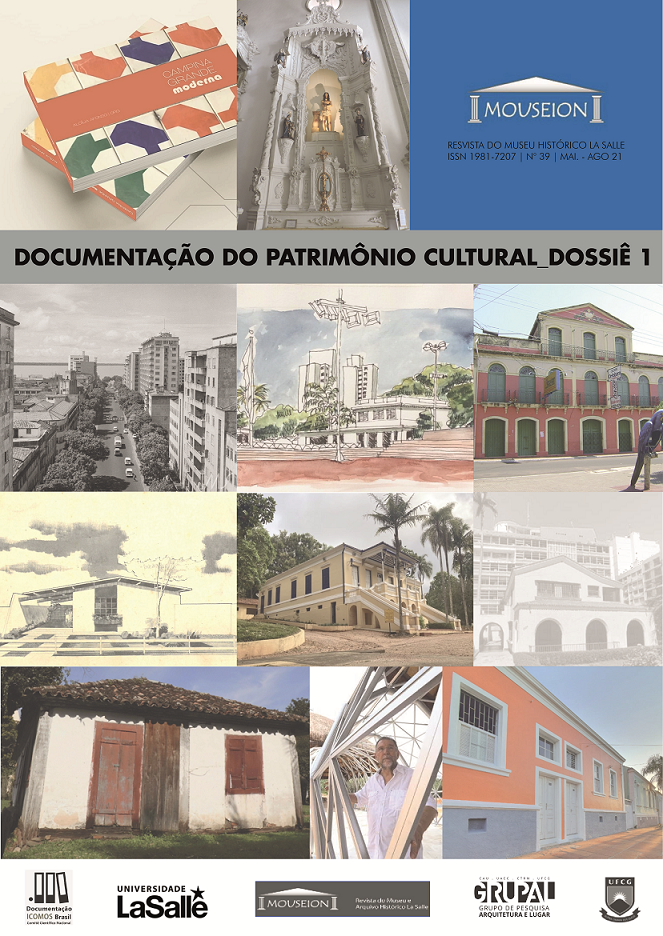Architectural Heritage, Traditional Construction Techniques and Cultural Diversity: The Case of the Voges Residence in Itati/RS
DOI:
https://doi.org/10.18316/mouseion.v0i39.9059Keywords:
Vernacular Architecture, Diversity, Immigration, Cultural Value, UrbanismAbstract
The paper discusses a vernacular architecture building located in the Old German Settlement of Tress Forquilhas, on the North Coast of Rio Grande do Sul, known as Priest Voges’ House. The Lutheran priest Karl Leopold Voges (or Carlos Leopoldo Voges) was the third Protestant priest to arrive in Brazil and the second who went to Rio Grande do Sul, were has lived about 60 years in the german settlement of Três Forquilhas. His residence was the place of Christian protestant celebrations for a long time until the construction of the Lutheran temple, and was also used as a commercial and administrative center for the entire ancient German Settlement Três Forquilhas. The structure originally was two floors, and was built on a wooden structure in a hybrid manifestation of the german constructive tradition Half-Timber/Fachwerk joined with the Portuguese-Brazilian construction tradition and the Afro-Brazilian culture. The documentation effort is due to the initiative of the Rio Grande do Sul nucleus of ICOMOS Brasil together with local cultural and political leaders, with the purpose of valuing and recognizing the regional heritage. Diversity is certainly the most striking feature of this heritage that is still pending official recognition.Downloads
Published
2021-11-04
Issue
Section
Dossiê
License
Authors must submit their manuscripts to be published in this journal agree with the following terms:
Authors maintain the copy rights and concede to the journal the right of first publication, with the paper simultaneously licensed under the License Creative Commons attribution that permits the sharing of the paper with recognition of authorship and initial publication in this journal.
Since the articles are presented in this journal of public access, they are of free use, with their own attributions for educational and non-commercial purposes.


